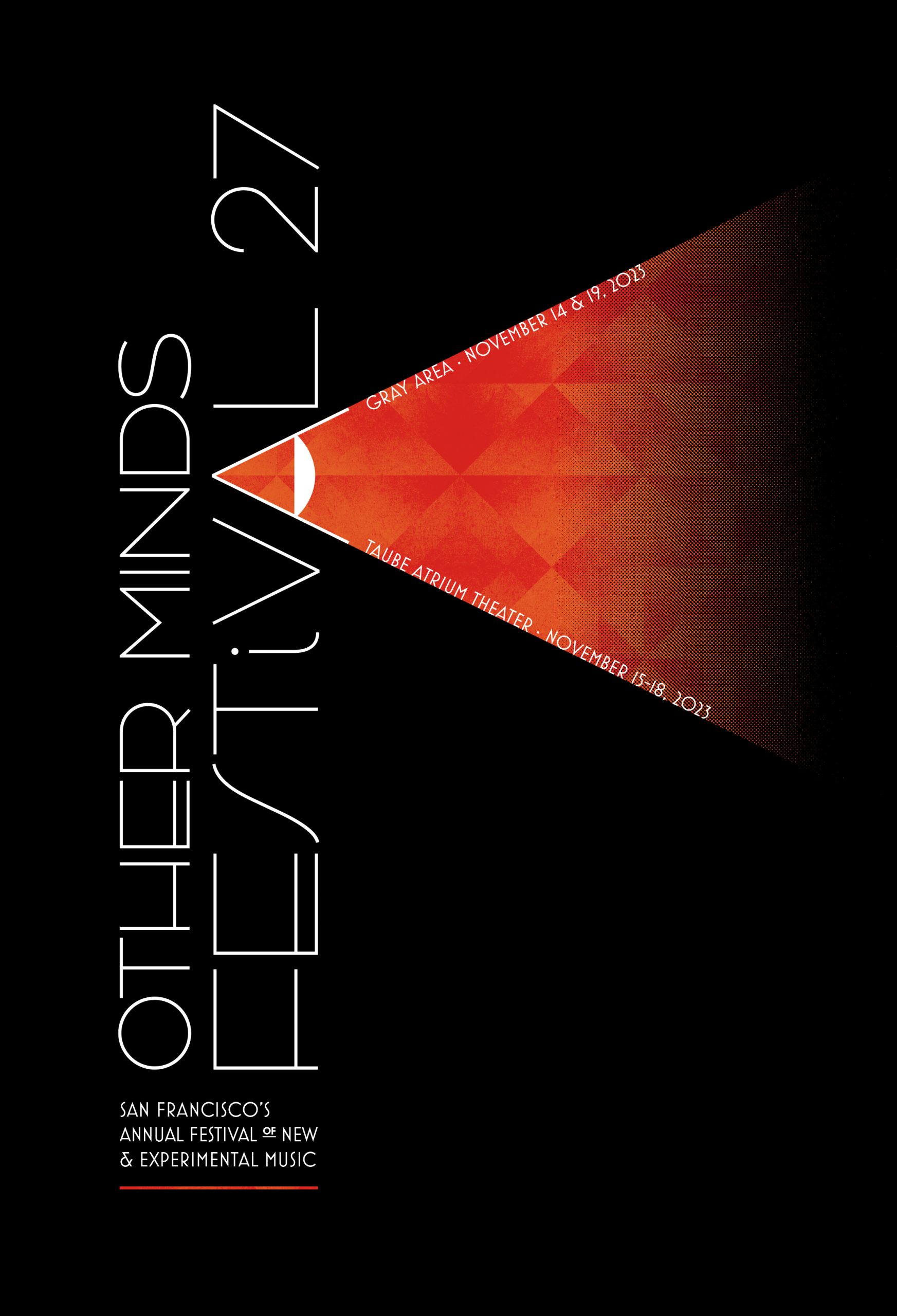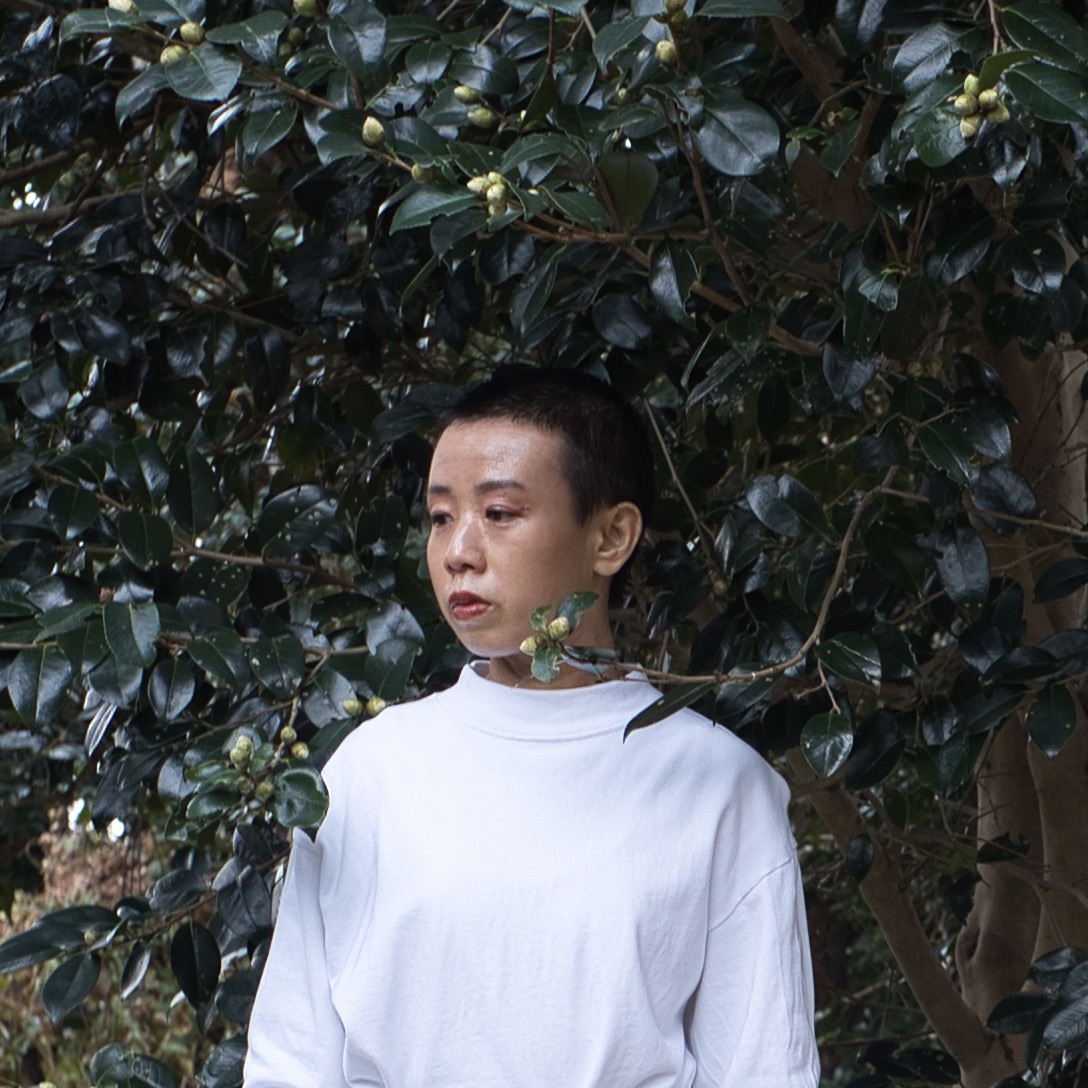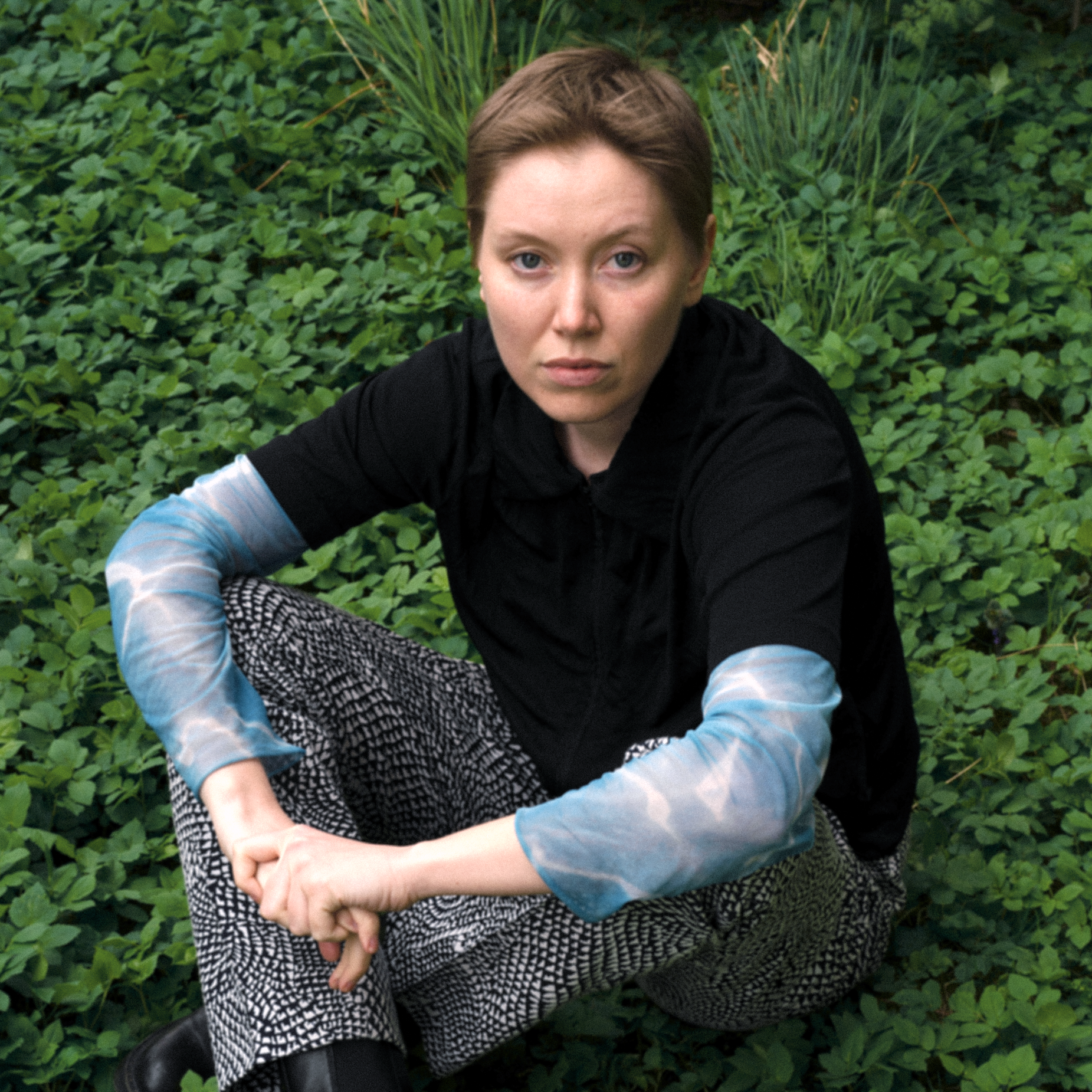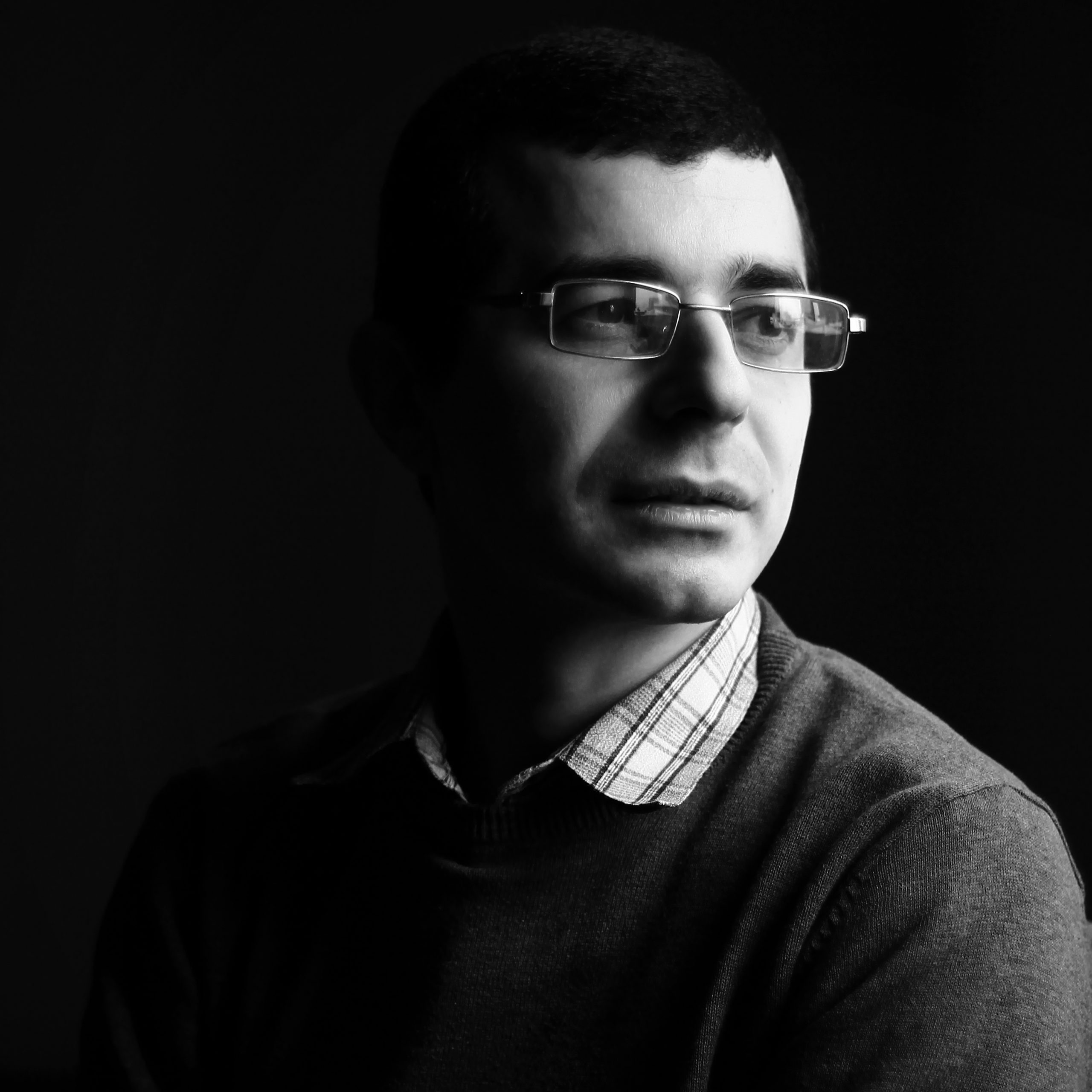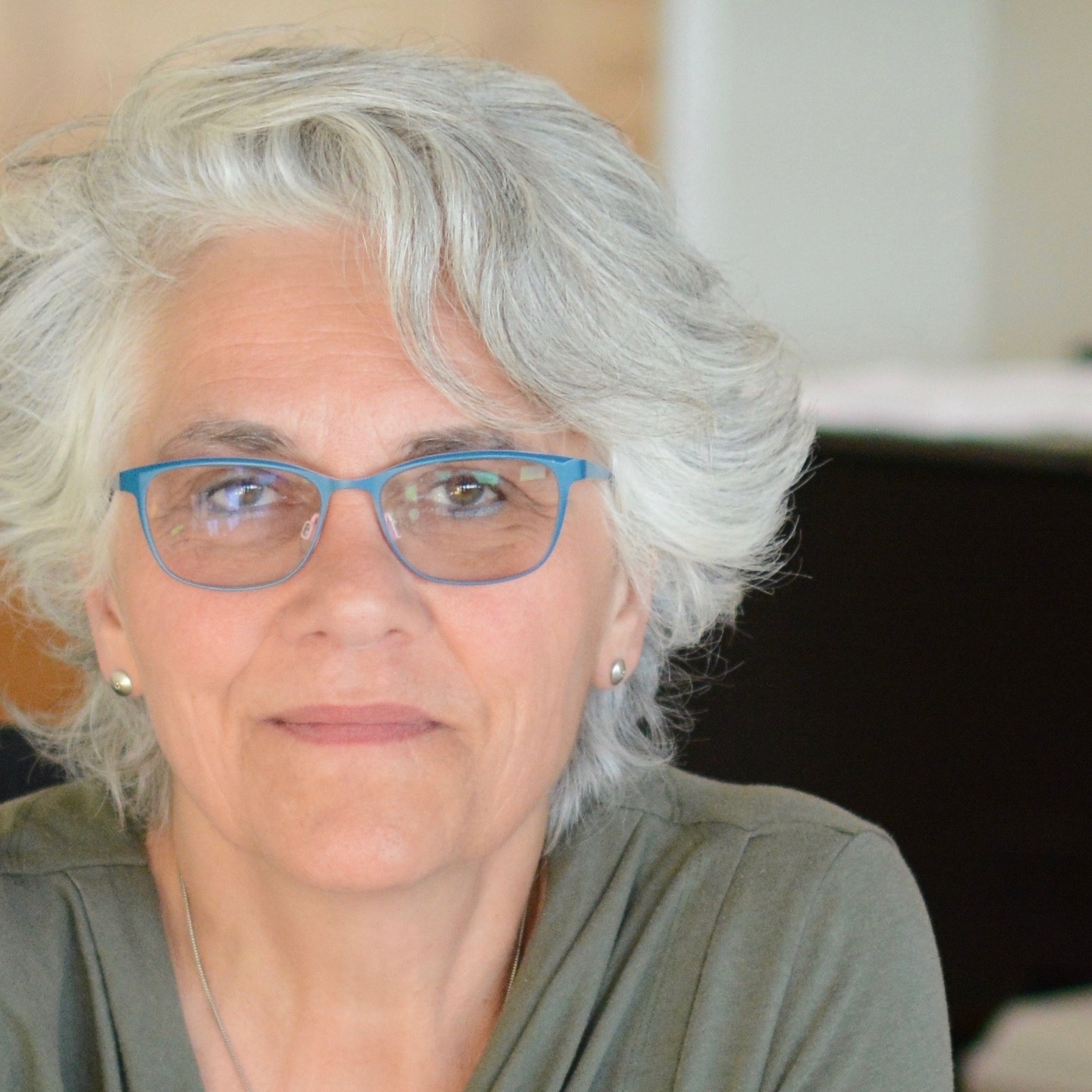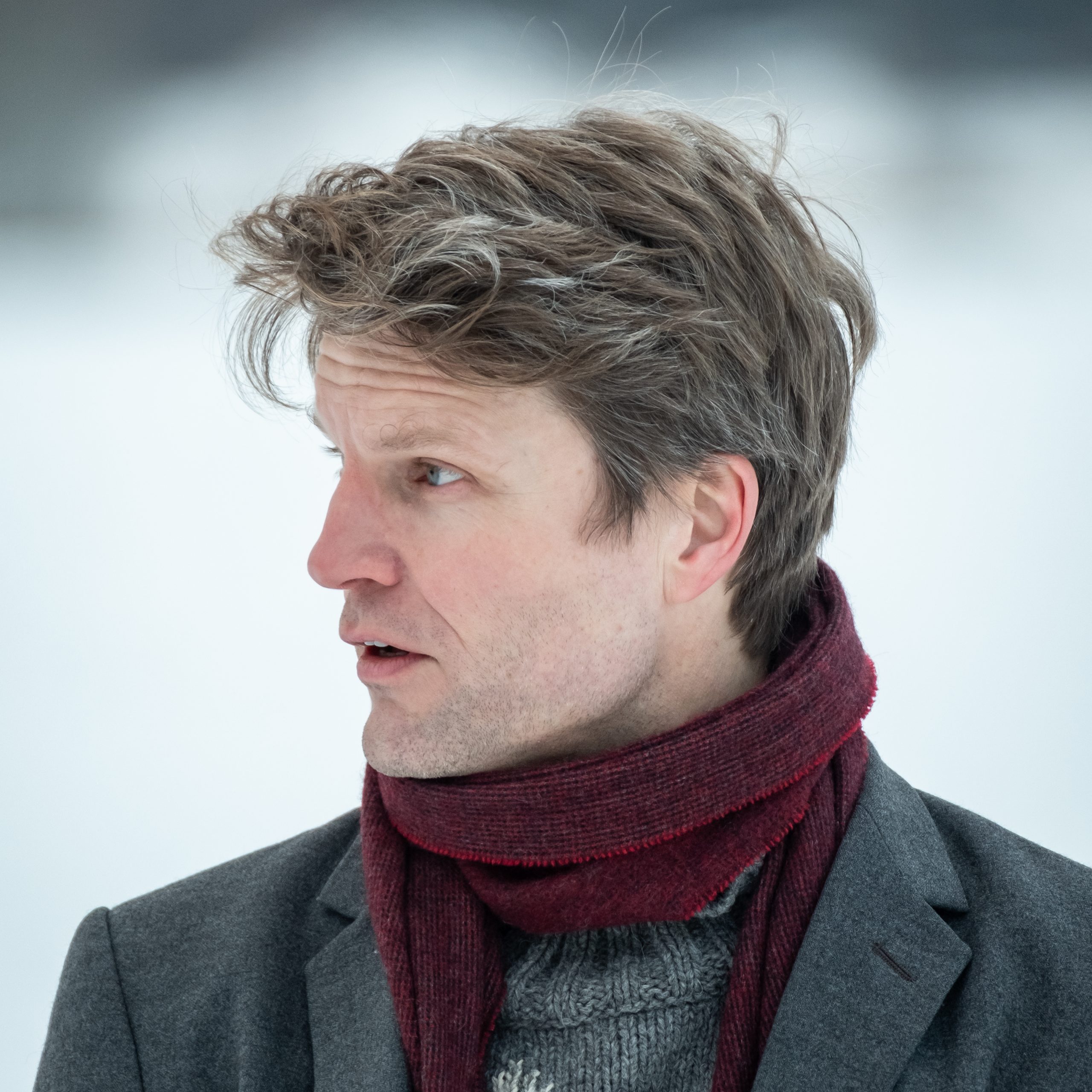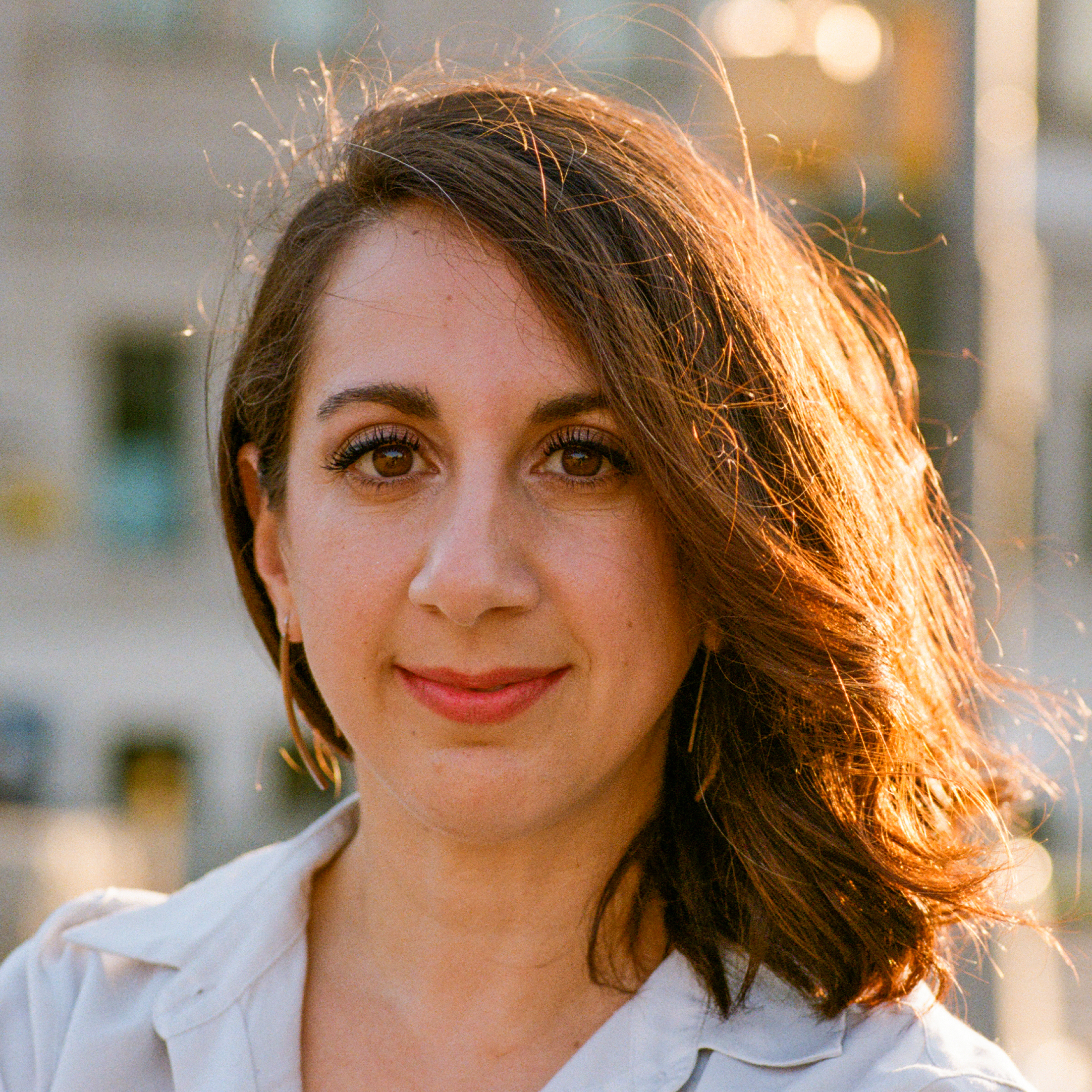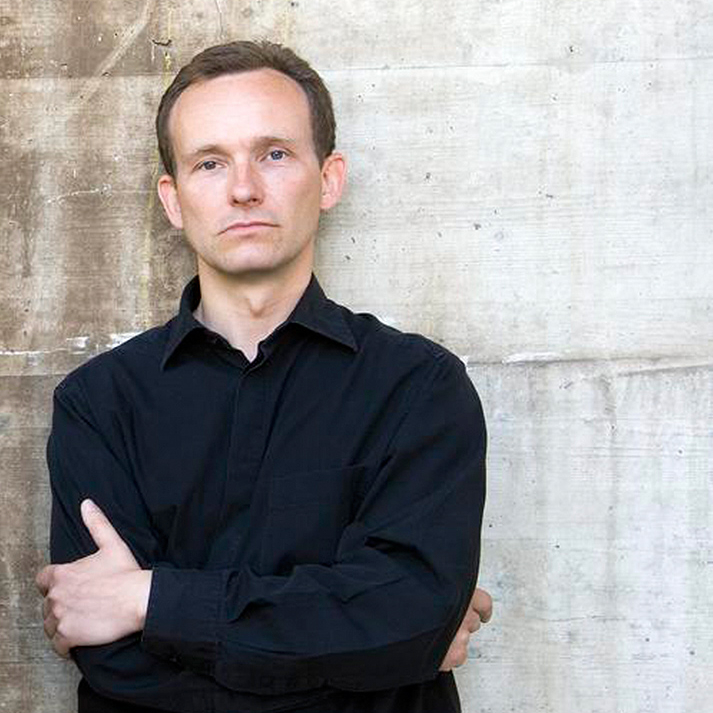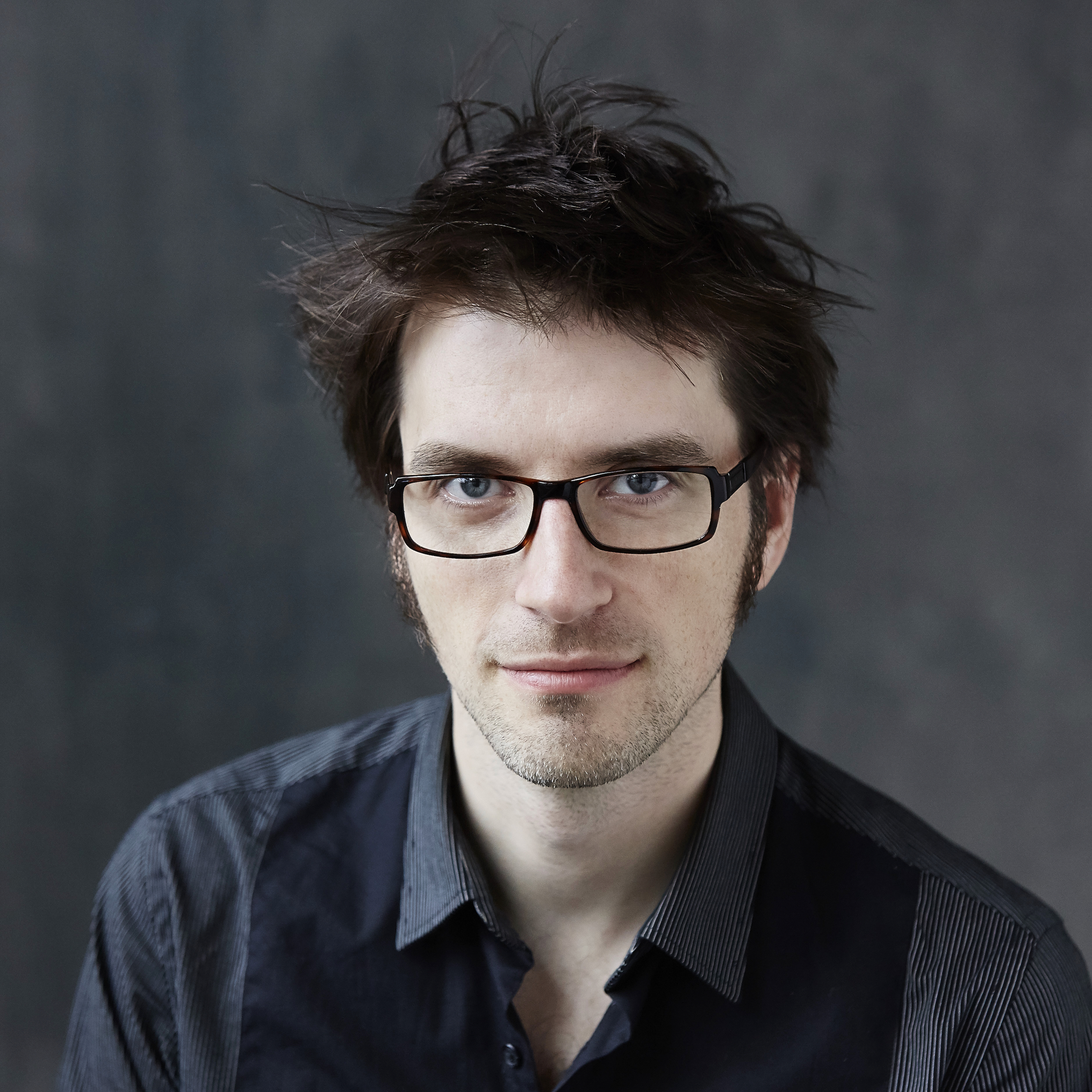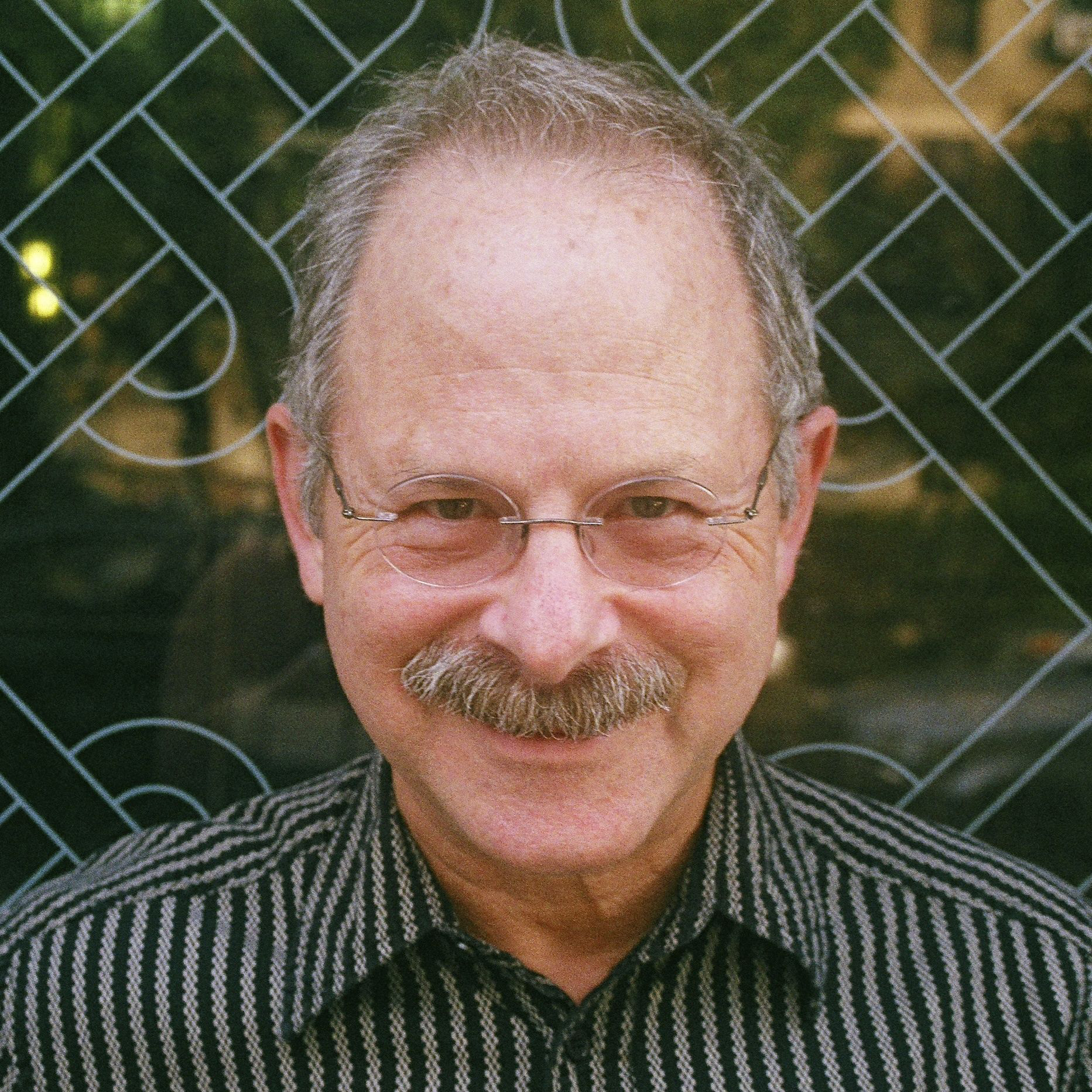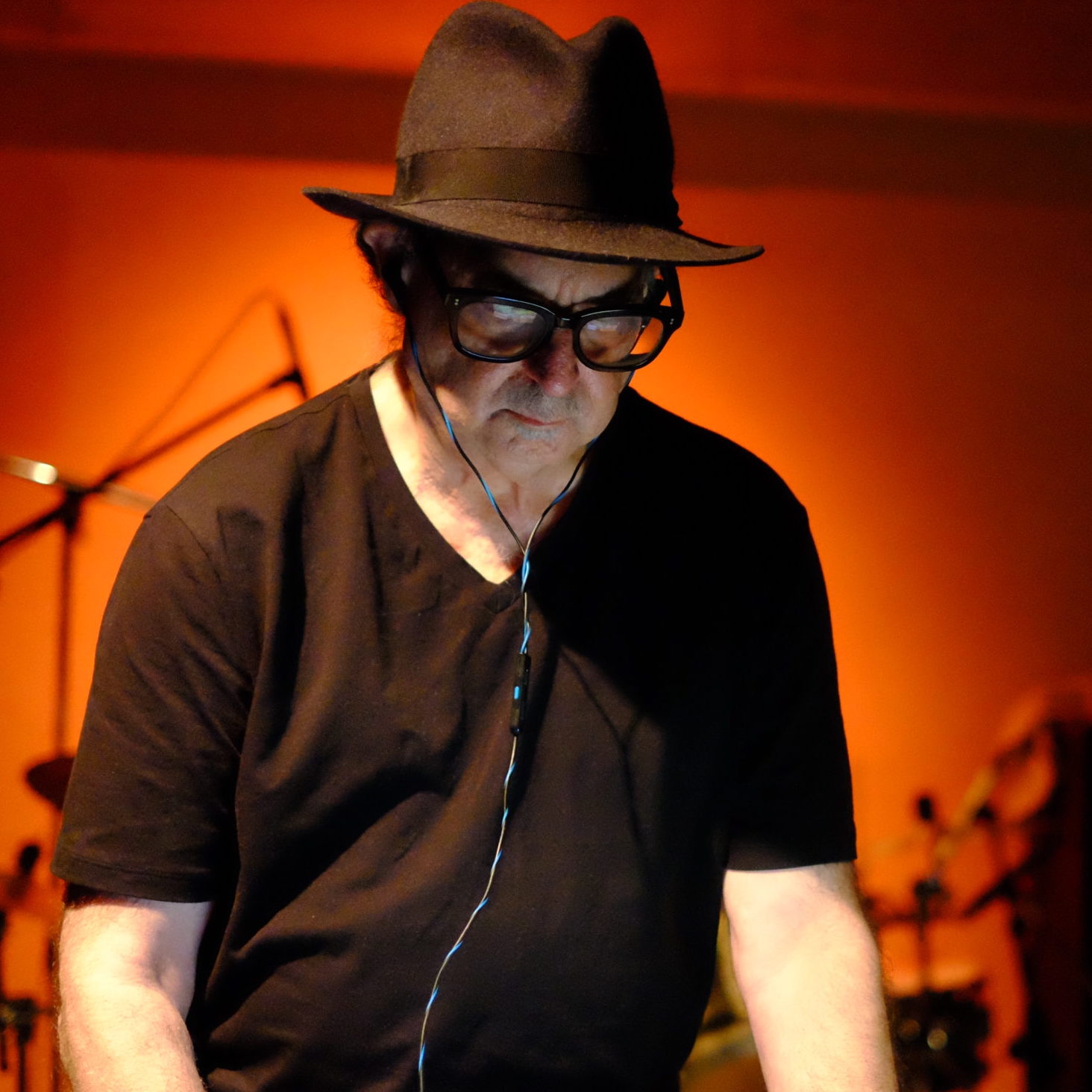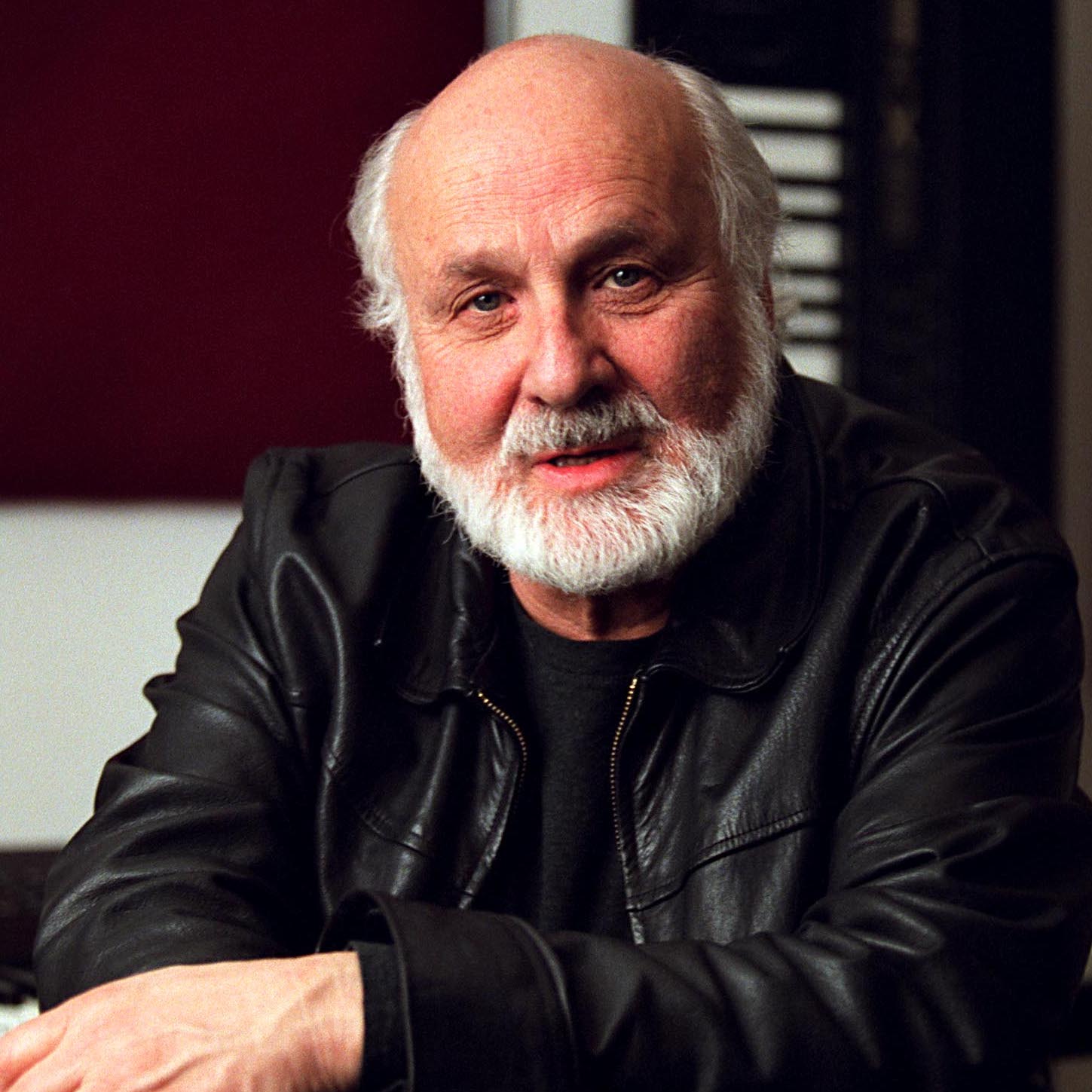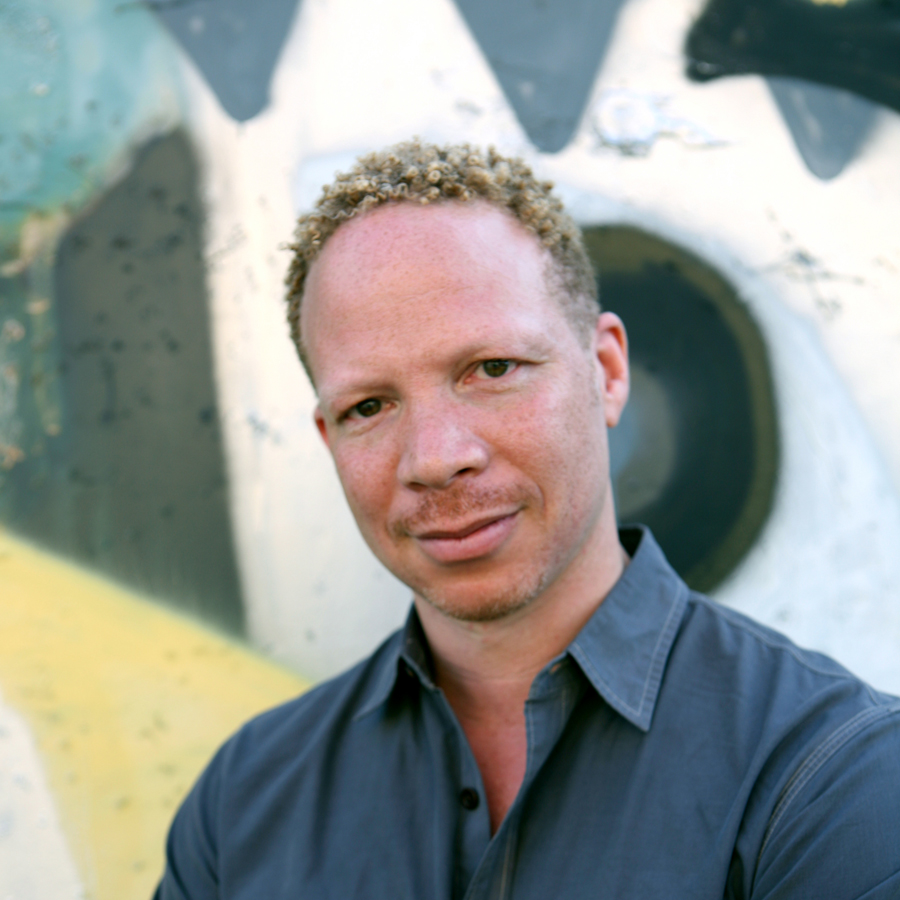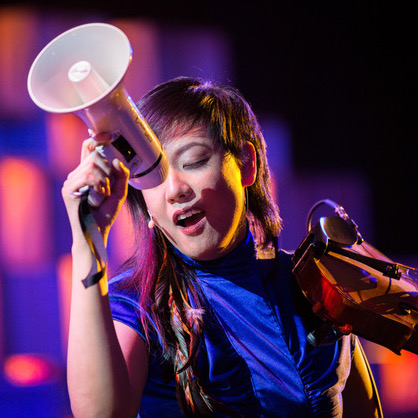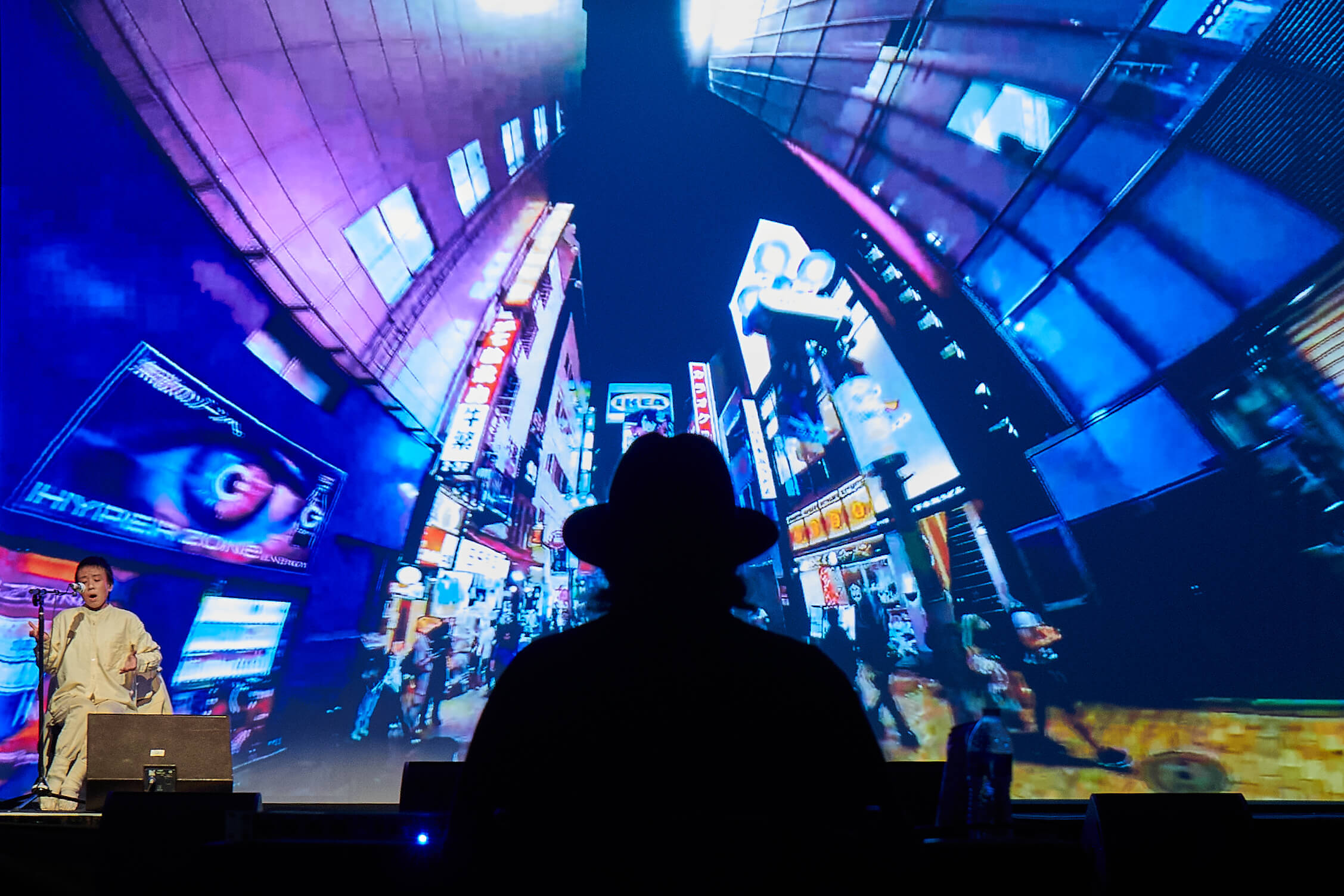
Other Minds Festival 27
November 15-18, 2023 @ Taube Atrium Theater
November 14, 19, 2023 @ Gray Area
November 15-18, 2023 @ Taube Atrium Theater
November 14, 19, 2023 @ Gray Area
Composers from five countries convened for the 27th Other Minds Festival, an international annual showcase for composers held at San Francisco’s Taube Atrium Theater November 15-18, 2023 and at Gray Area on November 14 and 19, 2023.
Before our first concert, we collaborated with Gray Area to present the US premiere of Subotnick: Portrait of an Electronic Music Pioneer, an official bio-documentary on revered avant-garde music composer Morton Subotnick directed by Robert Fantinatto. Through a series of candid interviews and illuminating conversations with key figures from his past and present, Subotnick provides an overview of this fascinating composer’s rich life and uncompromising career.
The Festival opened with a performance by Swedish sound artist and composer Ellen Arkbro, whose chordal textures spread out like invisible sculptures—diamond formations for the listening mind. Arkbro was followed by an improvised set by the American pianist and composer Craig Taborn, whose music melding the complexity of Iannis Xenakis with the sweetness of Francis Poulenc has been hailed by the New York Times for its “proud refusal to cater to expectations about what jazz, or even music, should be.”
On Night 2, electronic music pioneer Morton Subotnick performed As I Live & Breathe alongside video artist Lillevan and Canadian-American composer Linda Bouchard performed music from her Live Structures Project with Ensemble TriOcular +.
Night 3 opened with the first live performance of Mary Kouyoumdjian‘s They Will Take My Island, a string octet about the life of Armenian-American abstract expressionist painter Arshile Gorky with film by Atom Egoyan, world and American premieres by leading Armenian composer and pianist Artur Avanesov performed by the composer with Recenia Quartet, and a performance of works by American composer Carl Stone by Sarah Cahill, Paul Dresher, Ned Rothenberg, and the composer.
On Night 4, Other Minds presented the world premiere of a newly commissioned work for Friction Quartet by Norwegian composer and polymath Eivind Buene. Bora Yoon performed a multimedia set for live electronics, voice, and violin with visual collaborator Joshue Ott. Neil Rolnick presented his monumental Lockdown Fantasies, a work for piano and electronics performed by Geoffrey Burleson, which was included on Rolnick’s recent Other Minds Records CD release.
For our final night, we returned to Gray Area for the world premiere of Carl Stone‘s Re:gendo. Stone performed live computer-based electronics with sounds distributed throughout the space, utilizing field recordings of the urban soundscape in Tokyo combined with his unique take on music from Japan as well as other parts of Asia. The music shareed the immersive space with multi-channel video using specially commissioned drone footage shot over Tokyo. Featured as part of the performance was Akaihirume, the Japanese singer whose ear is always tuned to the world’s sounds which she keeps as material in what she calls her shell.
Concert Programs
Documentary Screening with Morton Subotnick
Tuesday, November 14 @ Gray Area
2665 Mission Street, San Francisco
6pm doors open · 7pm screening
Tuesday, November 14 @ Gray Area
2665 Mission Street, San Francisco
6pm doors open · 7pm screening
Subotnick: Portrait of an Electronic Music Pioneer
Screening of a new documentary about composer Morton Subotnick, and a discussion afterwards with Subotnick, with Charles Amirkhanian hosting.
Concert 1
Wednesday, November 15
Taube Atrium Theater
401 Van Ness Ave., San Francisco
7pm panel discussion · 8pm concert
Wednesday, November 15
Taube Atrium Theater
401 Van Ness Ave., San Francisco
7pm panel discussion · 8pm concert
Ellen Arkbro – Clouds for Three Tubas (2022), with Mattie Barbier, Mason Moy, and Luke Storm; Chords for Trumpet (2023)
Craig Taborn, piano – Improvised Set
Concert 2
Thursday, November 16
Taube Atrium Theater
401 Van Ness Ave., San Francisco
7pm panel discussion · 8pm concert
Thursday, November 16
Taube Atrium Theater
401 Van Ness Ave., San Francisco
7pm panel discussion · 8pm concert
Linda Bouchard – Murmuration, Pandemonium, Gathering; Ensemble TriOcular + (Charlotte Hug, voice and violin; François Houle, clarinet; Lori Freedman, bass and contrabass clarinet; Guillaume Barrette, technical advisor)
Morton Subotnick, electronics and Lillevan, video – As I Live & Breathe
Concert 3
Friday, November 17
Taube Atrium Theater
401 Van Ness Ave., San Francisco
7pm panel discussion · 8pm concert
Friday, November 17
Taube Atrium Theater
401 Van Ness Ave., San Francisco
7pm panel discussion · 8pm concert
Mary Kouyoumdjian – They Will Take My Island, Friction Quartet, Recenia Quartet
Artur Avanesov– Tezeta, Artur Avanesov, piano and Quasi Harena Maris; Artur Avanesov, piano; Recenia Quartet
Carl Stone – Kurikara, Oasobi, Tukdin, Carl Stone, laptop; Sonamu, Sarah Cahill, piano; Mian, Carl Stone, laptop, Ned Rothenberg, winds, Paul Dresher, Hurdy Grande
Concert 4
Saturday, November 18
Taube Atrium Theater
401 Van Ness Ave., San Francisco
7pm panel discussion · 8pm concert
Saturday, November 18
Taube Atrium Theater
401 Van Ness Ave., San Francisco
7pm panel discussion · 8pm concert
Neil Rolnick – Lockdown Fantasies, Geoffrey Burleson, piano and Neil Rolnick, electronics
Bora Yoon, voice, violin, electronics and Joshue Ott, video– ( (( PHONATION )) )
Eivind Buene – Chorales (OM commission) and Grid, Friction Quartet
Concert 5
Carl Stone’s Re:gendo
Sunday, November 19 @ Gray Area
2665 Mission Street, San Francisco
7pm doors open · 8pm concert
Carl Stone’s Re:gendo
Sunday, November 19 @ Gray Area
2665 Mission Street, San Francisco
7pm doors open · 8pm concert
Re:gendo is an evening-length immersive performance utilizing Gray Area’s superb audio and video capabilities. The composer Carl Stone performs live computer-based electronics with music distributed using a multichannel sound system throughout the space. The music will be accompanied by still and drone photography, and by Japanese vocalist Akaihirume.
Concert 1 Videos
Ellen Arkbro – Chords for Trumpet, Clouds for Three Tubas
These pieces focus on slowly unfolding patterns of chords, intervals, and timbral textures. Sounds lock into each other, interact, sonically fuse, and create harmonic blends, textures, and shapes that are not possible to produce without attending very carefully to intonation and harmonic stability. The sound can almost become like sculptures in the space.
Craig Taborn – Improvised Music
Craig Taborn’s improvised music at the Festival was colored by his diverse influences, including cinema, contemporary painting, Javanese shadow plays, Egyptology, and the survivals of ancient African practices in black American culture. His fluency and expressiveness made for an astounding performance.
Concert 2 Videos
Linda Bouchard – Murmuration, Pandemonium, Gathering
Composer Linda Bouchard and Ensemble TriOcular + perform three of Bouchard’s Live Structures, pieces which use real-time graphics to explore ways of interpreting data into musical notation. Bouchard’s custom digital tool Ocular Score allows the composer to interact with the score as it is being created in a performance setting.
Morton Subotnick and Lillevan – As I Live & Breathe
As I Live & Breathe starts with Subotnick’s breath, moves through a cadenza of vocal gestures, and ends with a tender and simple use of gentle rhythms and melodic fragments. The work features some of his most advanced electronic performance techniques, and is complimented by Lillevan’s engaging computer-generated visuals.
Concert 3 Videos
Mary Kouyoumdjian – They Will Take My Island
They Will Take My Island is a collaboration between Mary Kouyoumdjian and Atom Egoyan over their mutual admiration of the Armenian-American painter Arshile Gorky. It is a musical documentary infused with themes of family and immigration. The work integrates audio and film footage from Egoyan’s films Ararat and A Portrait of Arshile, as well as interviews with Saskia Spender, granddaughter of Arshile Gorky, President of the Arshile Gorky Foundation; Parker Field, Managing Director of the Gorky Foundation; Michael Taylor, Chief Curator, Virginia Museum of Fine Arts.
Carl Stone – Sonamu, Mian
In Sonamu, performed with pianist Sarah Cahill, Carl Stone works with the concept of spectrality, both metaphorical and technical, conveying the aftermath of war, where physical remnants and ghosts, civilian and combatant, haunt our lives. Mian is a largely improvised piece with Ned Rothenberg on winds and Paul Dresher on an instrument of his own invention called the Hurdy Grande. The acoustic sound of the instruments is mixed with an audio processing matrix on the laptop, where they are transformed by the composer in real time.
Artur Avanesov – Quasi Harena Maris
The Latin title of this piece (meaning “Like the Sand of the Sea”) was inspired by a passage from The Book of Job: “quasi harena maris haec gravior, unde et verba mea dolore sunt plena,” “For now it would be heavier than the sand of the sea: therefore my words are swallowed up.” It was conceived as a variation-form continuous, somber microtonal chorale with string quartet treated as a choir repeatedly “chanting” the biblical text and the piano playing the role of the “protagonist.” The work is performed by the composer on piano, with the Recenia Quartet.
Artur Avanesov – Tezeta
Tezeta is both a subgenre and a pentatonic mode of Ethiopian popular music. Translated from Amharic, this word means “longing.” This piano piece was influenced by Tezeta songs by Ethiopian artists such as Seyfou Yohannes and Mahmoud Ahmed. Written in a “spiral” form, it modulates between the tones of the pentatonic scale before returning to the original “key,” yet at a new level, where the initial melodic structures are transformed into wide chords, and the pedal-less dryness of the opening passages is morphed into resonant echoes.
Concert 4 Videos
Neil Rolnick – Lockdown Fantasies
When the COVID lockdown began, Neil Rolnick had just arrived home from Havana after a brief concert tour. Although his concerts for the rest of the year were canceled, he was able to teach online and still had compositional commitments, one of which evolved into the Lockdown Fantasies. These Fantasies are not dominated by the fear, loss, and isolation which resulted from COVID and from the restrictions we all endured. There are passages of frightening complexity, dizzying transitions, and lyrical passages both sad and sweet. But there are also moments of exuberance, of rhythmic groove, of peace, and of rest.
Bora Yoon and Joshue Ott – ( (( PHONATION )) )
( (( PHONATION )) ) is a multimedia electroacoustic duo performance by Bora Yoon and Joshue Ott. Yoon explores where sound connects to the subliminal using found sounds, new and antiquated instruments, electronic devices, and voice. Working from hand-drawn forms manipulated in real time with superDraw, a software instrument of his own design, Ott composes evolving images that reside between minimalism, psychedelia, and Cagean chance.
Eivind Buene – Grid, Chorales (OM commission)
Friction Quartet performs two string quartets by Eivind Buene written 16 years apart, representing opposite extremes in his range of musical expression. Grid explores a trajectory from a preoccupation with urban energies towards more organic musical forms. The four musicians embody a structure where the music alternately locks in repeating patterns and opens up to new relationships between the players. In Chorales, Buene looks for moments in which harmonic progress slows down into pure sound, with a fragility of dynamic expression where the touch of the fingers and movement of bow becomes as important as the pitches that are played.
Film Screening Photos
Credit: ebbe roe yovino-smith
Concert 1 Photos
Credit: ebbe roe yovino-smith
Concert 2 Photos
Credit: ebbe roe yovino-smith
Concert 3 Photos
Credit: ebbe roe yovino-smith
Concert 4 Photos
Credit: ebbe roe yovino-smith
Concert 5 Photos
Credit: ebbe roe yovino-smith
Photos by Charles Amirkhanian
Photos by Raymond Holbert
Festival Artist Bios
赤い日ル女 (Akaihirume)
Akaihirume is a singer and improvisor based in Tokyo. In her compositions and improvisations, she uses a broad assortment of vocalizations ranging from the angelic to the demonic, with lupine growling alternating with vocal etherea. She has worked on her solo performances and collaborations with artists in various formats. She began collaborating with an American composer Carl Stone in 2015 Tokyo. Their works have been performed in Asia and the United States, and she performs the title track on Stone’s 2019 album HIMALAYA. On May 5, 2022, she released her solo album Aka.
Ellen Arkbro
Ellen Arkbro is a sound artist and composer from Stockholm, currently living and working in Berlin. Her music has been presented at the Barbican in London, Kölner Philharmonie, Serralves in Porto, Issue Project Room in New York, Oude Kerk in Amsterdam, The Lab in San Francisco, Ina GRM in Paris, and Temppeliaukion Kirkko in Helsinki among other places. In Ellen’s music, harmonic sound interacts with the acoustic architecture of the space and changes in different ways when the listener is moving through the sound. Her chordal textures spread out like invisible sculptures—diamond formations for the listening mind.
Artur Avanesov
Artur Avanesov was born in 1980 in Moscow and, from 1997 to 2002, studied piano and composition at the Yerevan State Conservatory in Armenia. Subsequently, he completed postgraduate studies in composition and musicology at the same conservatory, simultaneously taking piano master courses abroad, notably as a member of the Lucerne Festival Academy 2003-05, as well as with Ensemble Recherche in Freiburg, Germany (2007). In 2005, he was awarded a Doctor of Arts degree for his research on Zen Buddhism in 20th century music. He is currently Assistant Professor at the American University of Armenia. As both composer and performer, he has released a number of CDs with such labels as Deutsche Grammophon, Brilliant Classics, Albany Records, and Suoni e Colori.
Linda Bouchard
Born in Val-d’Or, Quebec, Linda Bouchard has been active for over 40 years as a composer, orchestrator, conductor, mentor, and researcher. Bouchard is the recipient the SOCAN Jan V. Matejcek Award for New Classical Music (2023), the Composer of the Year Award from the Conseil Québécois de la Culture (1998), the Joseph S. Stauffer Award from the Canada Council for the Arts (1999), the Davidson Award (2017), and several SOCAN awards (1983, 1984, 1986). In 1997, she moved to San Francisco, California. She has also received a multiyear grant from the Canada Council for the Arts for her project titled “Live Structures,” which she developed in partnership with Matralab at Concordia University in Montreal. In 2022-23, she is a resident researcher at CNMAT, UC Berkeley’s Center for New Music and Audio Technologies.
Eivind Buene
Eivind Buene studied at the Norwegian Academy of Music from 1992 to 1998, and the following two years he was composer in residence with the Oslo Sinfonietta. Since 2000, he has been living and working in Oslo, and he is currently professor of composition at the Norwegian Academy of Music. Buene has collaborated with a wide array of international ensembles and orchestras, with commissions from among others Ensemble intercontemporain, Donaueschinger Musiktage, Klangforum Wien, London Sinfonietta, and Berliner Philharmoniker. He has an extensive discography, including Possible Cities/Essential Landscapes, that was awarded a Norwegian Grammy.
Mary Kouyoumdjian
Mary Kouyoumdjian is a composer and documentarian with projects ranging from concert works to multimedia collaborations and film scores. As a first generation Armenian-American and having come from a family directly affected by the Lebanese Civil War and Armenian Genocide, she uses a sonic palette that draws on her heritage, interest in music as documentary, and background in experimental composition to progressively blend the old with the new. A strong believer in freedom of speech and the arts as an amplifier of expression, her compositional work often integrates recorded testimonies with resilient individuals and field recordings of place to invite empathy by humanizing complex experiences around social and political conflict.
Lillevan
Lillevan is an animation, video, and media artist perhaps best known as a founding member of the visual/music group Rechenzentrum (1997-2008). Lillevan has performed and collaborated with many artists from a wide array of genres, from opera to installation, from minimal electronic experimentalism to dance and classical music. Since the mid-90s, he has mainly investigated non-narrative facets of film. This has led to completely abstract works, but also to collage explorations of film history, to interactive works for dance groups, and much more. His focus is often on the musicality of the imagery, thus defining the moving imagery as an instrument in its own right as opposed to accompanying music. Intensity and texture are more important than narrative and figure, the relationships between the image’s elements and the viewing eye, between the eye, the mind and the soul are explored.
Joshue Ott
Joshue Ott is a visualist and software designer who creates cinematic visual improvisations that are performed live and projected in large scale. Working from hand-drawn forms manipulated in real time with superDraw, a software instrument of his own design, Ott composes evolving images that reside somewhere between minimalism, psychedelia, and Cagean chance. He has performed with the American Composers Orchestra at Carnegie Hall; with Son Lux at MASS MoCA; with Gina Gibney Dance at the Baryshnikov Arts Center; and frequently at venues throughout NYC, including Le Poisson Rouge and Roulette. Installation works include a large-scale audience interactive performance at the Harpa concert hall in Reykjavik, Iceland, a collaborative drawing system installed on the IAC Center’s 120-foot-long video wall, and a collaborative drawing installation at the NASA Ames Research Center.
Neil Rolnick
Composer Neil Rolnick pioneered in the use of computers in musical performance, beginning in the late 1970s. Based in New York City since 2002, his music has been performed worldwide, including recent performances in Cuba, China, Mexico, and across the US and Europe. His string quartet Oceans Eat Cities was performed at COP21, the UN Global Climate Summit in Paris in December 2015. Rolnick’s music often explores combinations of digital sampling, interactive multimedia, and acoustic vocal, chamber, and orchestral works. In the 1980s and 1990s, he developed the first integrated electronic arts graduate and undergraduate programs in the US, at Rensselaer Polytechnic Institute’s iEAR Studios in Troy, New York. Though much of his work has been in areas which connect music and technology, and is therefore considered in the realm of “experimental” music, his music has always been highly melodic and accessible.
Carl Stone
Carl Stone is one of the pioneers of live computer music and has been hailed by the Village Voice as “the king of sampling” and “one of the best composers living in [the USA] today.” He has used computers in live performance since 1986. Stone was born in Los Angeles and now divides his time between Los Angeles and Japan. He studied composition at the California Institute of the Arts with Morton Subotnick and James Tenney and has composed electro-acoustic music almost exclusively since 1972. His works have been performed in the U.S., Canada, Europe, Asia, Australia, South America, and the Near East. In addition to his schedule of performance, composition, and touring, he is on the faculty of the Department of Media Engineering at Chukyo University in Japan.
Morton Subotnick
Morton Subotnick is an American composer of electronic music, best known for his 1967 composition Silver Apples of the Moon, the first electronic work commissioned by a record company, Nonesuch. He has worked extensively with interactive electronics and multi-media, co-founding the San Francisco Tape Music Center with Ramon Sender. Subotnick was one of the founding members of California Institute of the Arts, where he taught for many years. He is one of the pioneers in the development of electronic music and multi-media performance and an innovator in works involving instruments and other media, including interactive computer music systems. Most of his music calls for a computer part, or live electronic processing; his oeuvre utilizes many of the important technological breakthroughs in the history of the genre.
Craig Taborn
Born in Minneapolis, Minnesota, Craig Taborn has been performing piano and electronic music in the jazz, improvisational, and creative music scene for over twenty five years. He has experience composing for and performing in a wide variety of situations including jazz, new music, electronic, rock, noise, and avant garde contexts. Taborn is currently occupied creating and performing music for solo piano performance (Avenging Angel), piano trio (Craig Taborn Trio), an electronic project (Junk Magic), the Daylight Ghosts Quartet, a piano/drums/electronics duo with Dave King (Heroic Enthusiasts), and a new trio with Tomeka Reid and Ches Smith as well as piano duo collaborations with Vijay Iyer (The Transitory Poems), Kris Davis (Octopus), and Cory Smythe. He is also a member of the instrumental electronic art-pop group Golden Valley is Now and performs frequently on solo electronics.
Bora Yoon
Bora Yoon is a Korean-American composer, vocalist, and sound artist who conjures audiovisual soundscapes using digital devices, voice, and instruments from a variety of cultures and historical centuries to formulate a storytelling through music, movement, and sound. Featured on the front-page of the Wall-Street Journal, WIRE magazine, TED, and the National Endowment for the Arts podcast for her use of unusual instruments and everyday found objects as music, she evokes what George Lewis describes as “a kind of sonic memory garden” – using voice, viola, Tibetan singing bowls, vocoder, Bible pages, bike bells, turntable, walkie-talkies, chimes, water, and electronics. Yoon has presented her work at Lincoln Center, Carnegie Hall, BAM, Visiones Sonoras (Mexico), TED Conferences, Festival of World Cultures (Poland), and MADE Festival (Sweden) and provided the live score for Haruki Murakami’s Wind Up Bird Chronicle.


